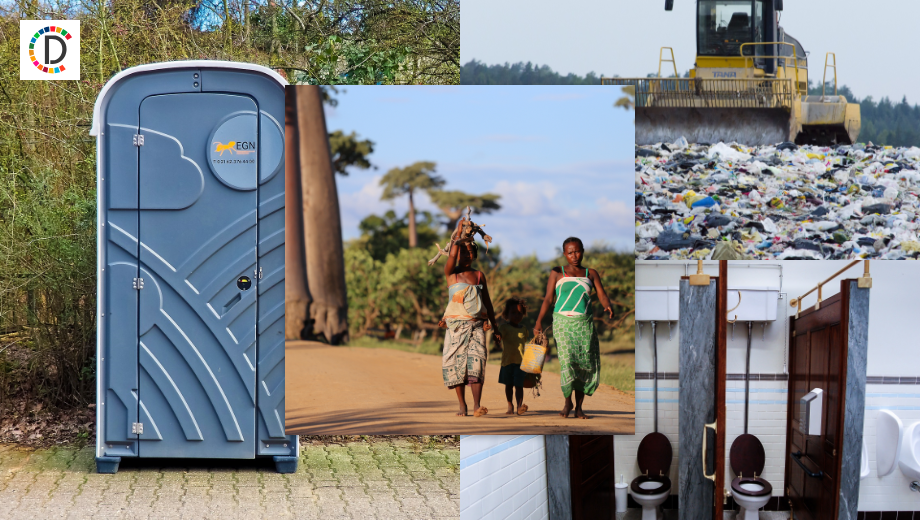NIH-recommended e-flow of 23 cumecs inadequate to make Yamuna fit for bathing: DPCC
The Delhi government has promised to clean it up to bathing standards by February 2025.Untapped wastewater from unauthorised colonies and slum clusters, poor quality of treated wastewater discharged from sewage treatment plants STPs and common effluent treatment plants CETPs are the main reasons behind high levels of pollution in the river.The national capital generates 792 million gallons a day MGD of sewage.

- Country:
- India
Maintaining an environmental flow of 23 cumecs in the Delhi stretch of the Yamuna River is not enough to achieve bathing standard levels and sustain the downstream ecosystems, according to the state pollution control body.
The Delhi Pollution Control Committee's (DPCC) view is at odds with the recommendation made by a parliamentary panel last week for maintaining an e-flow of 23 cubic metres per second (cumecs) in the 22-km stretch of the river in Delhi which accounts for around 80 per cent of its pollution load. E-flow is the minimum quantity of water flow that a river must have in order to preserve its ecosystems and meet the bathing standards.
A study conducted by the National Institute of Hydrology (NIH), Roorkee, had in 2019 recommended that 23 cumecs water (437 million gallons a day) be released into the river from the Hathnikund Barrage in Haryana's Yamuna Nagar district in the lean season (October to June) for sustaining downstream ecosystems.
At present, only 10 cumecs (190 MGD) is released from the barrage. A gap of 13 cumecs (247 MGD) remains. The Standing Committee on Water Resources, which presented its report on ''Review of Upper Yamuna River Cleaning Projects up to Delhi and River Bed Management in Delhi'' to the Lok Sabha on February 6, also mentioned that there are ''differences among Yamuna basin states on the e-flow recommended by NIH''.
According to the Union Jal Shakti Ministry, the water sharing agreement of 1994 among the riparian states of Uttarakhand, Himachal Pradesh, Uttar Pradesh, Haryana, Rajasthan and Delhi is due for revision only in 2025.
According to the DPCC, an e-flow of 23 cumecs will bring down the level of biological oxygen demand (BOD) to 12 milligram per litre.
BOD, an essential parameter for assessing water quality, is the amount of oxygen required by aerobic microorganisms to decompose organic material present in a water body.
In a presentation to a high-level committee set up by the National Green Tribunal (NGT) last year for Yamuna rejuvenation, the DPCC had mentioned: ''For bathing standards of BOD 3 mg/l, the e-flow required is more than 390 cumecs (7410 MGD).'' ''This figure is an extrapolation of data we have. Just 23 cumecs is not enough for sustenance of downstream ecosystems,'' a DPCC official told PTI on condition of anonymity.
''The river cannot be rejuvenated without complementary actions,'' the official said.
The river can be considered fit for bathing if BOD is less than 3 milligram per litre and dissolved oxygen (DO) is greater than 5 milligram per litre, the official added.
DO is the amount of oxygen available to living aquatic organisms.
The 22-kilometre stretch of the river between Wazirabad and Okhla in Delhi, which is less than 2 per cent of the river length, accounts for around 80 per cent of its pollution load. The Delhi government has promised to clean it up to bathing standards by February 2025.
Untapped wastewater from unauthorised colonies and slum clusters, poor quality of treated wastewater discharged from sewage treatment plants (STPs) and common effluent treatment plants (CETPs) are the main reasons behind high levels of pollution in the river.
The national capital generates 792 million gallons a day (MGD) of sewage. The 37 Sewage Treatment Plants (STPs) in the city have a cumulative treatment capacity of 667 MGD.
Presently, these STPs utilise only 71 per cent of their installed capacity, treating only 565 MGD of the 792 MGD sewage, with the rest flowing into the Yamuna river untreated.
Only 237 MGD of the treated wastewater meets the prescribed standards which require that BOD and TSS (total suspended solids) in the treated wastewater should be less than 10 milligrams per litre.
The NGT-constituted high-level committee has identified seven major action points to rejuvenate the river.
These include 100 per cent treatment of all the sewage generated in the capital, trapping of all the drains, and connecting all the 1,799 unauthorized colonies and 639 slum clusters to the sewer network.
The other recommendations are 100 per cent industrial effluent management by 13 CETPs, faecal sludge management, removing encroachment from the river floodplains, and effective utilisation of treated wastewater. Experts say treating all the domestic wastewater and industrial effluent and further cleaning it using in-situ techniques can help achieve the target.
(This story has not been edited by Devdiscourse staff and is auto-generated from a syndicated feed.)
ALSO READ
Himachal Pradesh Braces for Heavy Rain as Met Issues 'Yellow Warning'
Himachal Pradesh's Shrinking Snow Cover: A Climate Wake-Up Call
Himachal Pradesh bypolls: Counting of votes underway for three assembly seats
Himachal Pradesh Cabinet Approves Reforms in Electricity Subsidies and Infrastructure Projects
Moderate rain lashes parts of Himachal Pradesh, 15 roads closed










